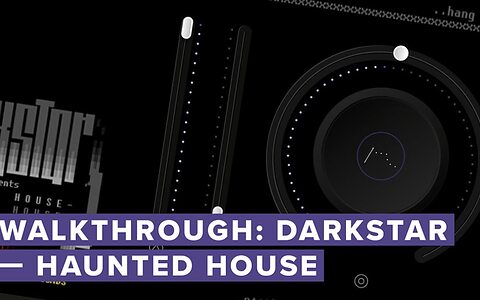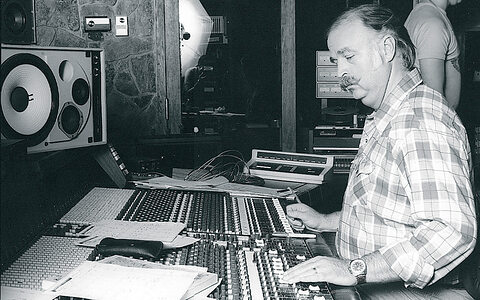
HEDD unveil Mk2 monitors
Klaus Heinz's pro monitor range has been given a major overhaul, with added DSP, sophisticated port options and more.

Klaus Heinz's pro monitor range has been given a major overhaul, with added DSP, sophisticated port options and more.

Some of the performance issues associated with guitar‑to‑MIDI systems may not be insurmountable after all!

Rode's new accessory pack aims to raise the bar for mobile phone audio and video capture.

Bristol synth-makers Modal have released desktop module and extended-keyboard versions of their hotly anticipated Cobalt 8 instrument.

The British sampling experts' latest soft-synth was made in collaboration with Warp Records electronica duo Darkstar.

The new LUMI Keys Studio Edition offers polyphonic aftertouch, pitch-bends and more.


Version 1.5 is free to existing owners, and represents a major overhaul of the acclaimed bass instrument.

The virtual-analogue Cobalt8 provides a wealth of modulation options, and features a full-size velocity- and aftertouch-sensitive keyboard.

The latest instrument from Japanese synth giants Korg aims to make FM synthesis more intuitive.